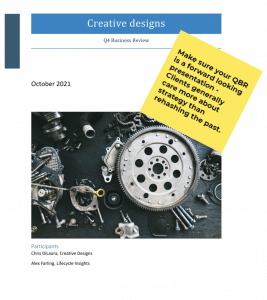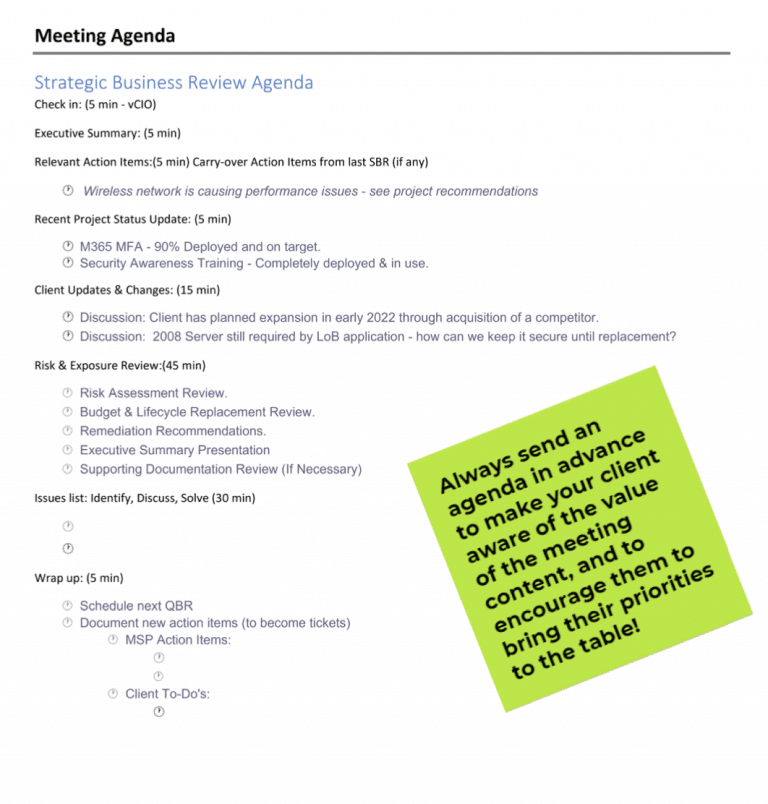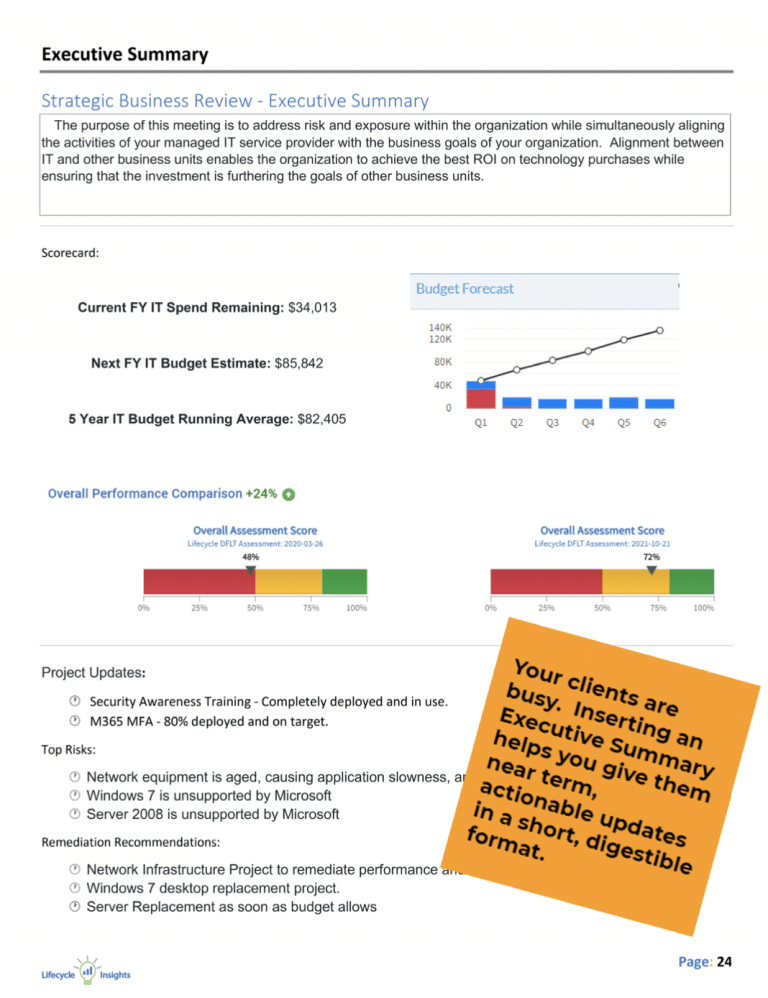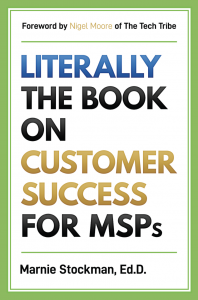
CS = CX + CO
As a former math teacher, when I first saw this equation, it spoke to me. I ran across it as I was doing research for the book Literally: The Book on Customer Success for MSPs. Gainsight, an industry leader in customer success tracking for SaaS companies, had used this to demonstrate why Customer Success is way more than Customer Experience. In a world of increasingly commoditized technology offerings, this is even truer for MSPs.
Technically CS=CX+CO means Customer Success (CS) equals Customer Experience (CX) plus Customer Outcomes (CO). Too often in the managed services space, we hear discussion of customer experience alone. It plays out on MSP websites everywhere:
- “You will love our techs.”
- “No geek speak.”
- “We won’t talk tech.”
Then there are the additional points about the technical experience:
- All access portal
- Data in one place
- We automate everything
So far, so good! These are painting the picture that the experience of working with this MSP will be easy. Now let’s look at the Customer Outcome part.
Look at your website. Do they have words like:
- Trusted partner
- Strategic relationship
- Goal-oriented business reviews
These are definitely the right words, but many MSPs ask us how to implement those points. They want to understand how to deliver strategy in a business review (QBR, TBR, SBR, etc).

Let’s talk about 3 components of a business review that help MSPs become strategic partners with their clients.
- The Agenda:
The agenda sets the stage for strategy and customer success in a couple ways. (If you want to see a sample agenda and QBR report, download the QBR your Customer Deserves here.)
First, send the agenda in advance. This allows you to identify and address customer satisfaction concerns ahead of a business review. Nothing derails a strategic conversation more than a client who is angry about a ticket. By sending the agenda in advance you can see if there are any concerns that should be addressed ahead of time so that customer satisfaction is in a good state when the actual business review comes around.
Second, sending the agenda in advance asking the customer questions around their business helps to establish the meeting as goal-oriented and strategic. Here are some sample questions to include on the agenda:
- Will your company be expanding/contracting locations?
- Are there any organizational or major staffing changes?
- Is business expanding/contracting?
- Will you be entering new markets/verticals?
- Are there new trends in the industry or in the industry’s technology?
Having the agenda as a shared living document will allow them to respond before the meeting if they have topics they want to add. This will give you time to focus your priorities to those goals. If they do not respond in advance, then having the questions on the agenda will let them know that you are forward thinking about events that might impact their business and will be prepared to discuss how technology can help.

2. The Executive Summary:
People remember the first and last things they hear. If you start with a high level summary of what you will be discussing including highlighting three of the “themes” of the review. These should highlight their business goals aligned with biggest concerns/areas of risk, biggest wins/success, areas of opportunity for saving time/money with technology, etc. Your top recommendations of future projects or success of previous projects can be noted here.
This one pager should also be the point of discussion to close the meeting. Including some graphics such as an assessment comparison graph to show how technology health has improved since the last QBR shows their return on investment (ROI) of MSP services.

3. The Risk Assessment:
The Risk Assessment is the driving document for a QBR/Business review. Many MSPs keep this information in the head of the owner/salesperson. While the conversation around risk might be the same with or without a document around it, a picture is worth 1000 words. Having categories such as hardware, line of business applications, business continuity, compliance, etc summarized with risk levels of red, yellow, or green simplify the conversation for busy executives. It also is a visual reminder after the business review meeting when they are not sitting with the person who previously had this information in their head. Executives understand risk = red. Having a document that highlights the red AND provides recommendations to resolve the risk is an invaluable tool for driving business for MSPs as well as long term relationships.
If you want to see a default assessment that you could use/tweak today, grab one here.
These conversations help to build growth for the MSP because it allows to highlight opportunities in project recommendations that drive stack/standard alignment. It also drives success for your clients as the technology recommendations align to the clients business goals. It reinforces the connection from the services an MSP offers to the business outcomes they deliver. Tying a seamless experience of the relationship that should be automated to the business strategy that should be a very real human goal-focused experience differentiates MSPs in the market today. That is how CS=CX+CO becomes reality. Problem solved.

If you are setting goals for your MSP around Customer Success, Literally: The Book on Customer Success for MSPs, will walk you through the thinking and the process for defining a scalable customer success program that will drive success for you and your clients. It is available on Amazon here: https://www.amazon.com/Literally-Book-Customer-Success-MSPs/dp/1646492110

